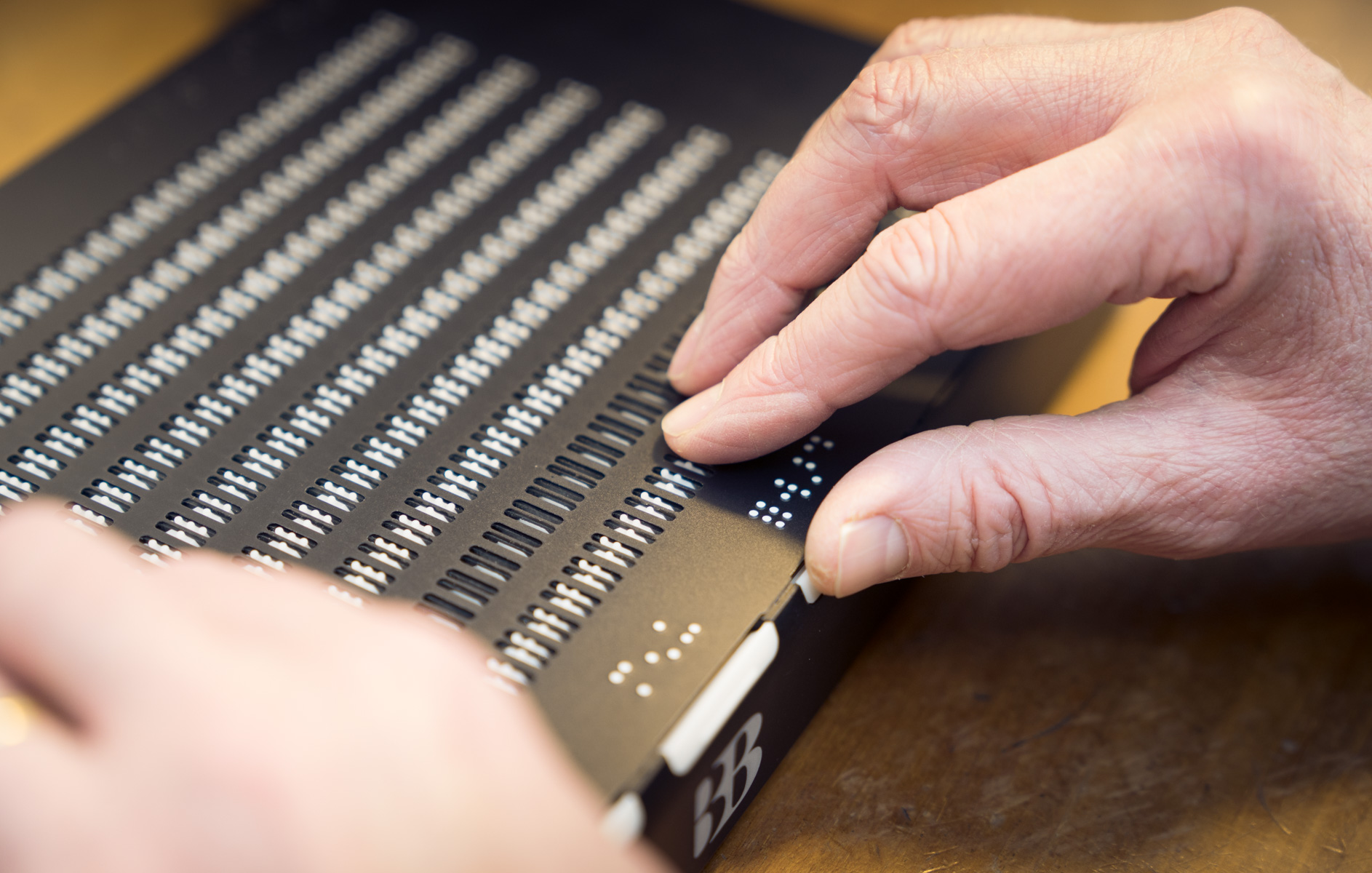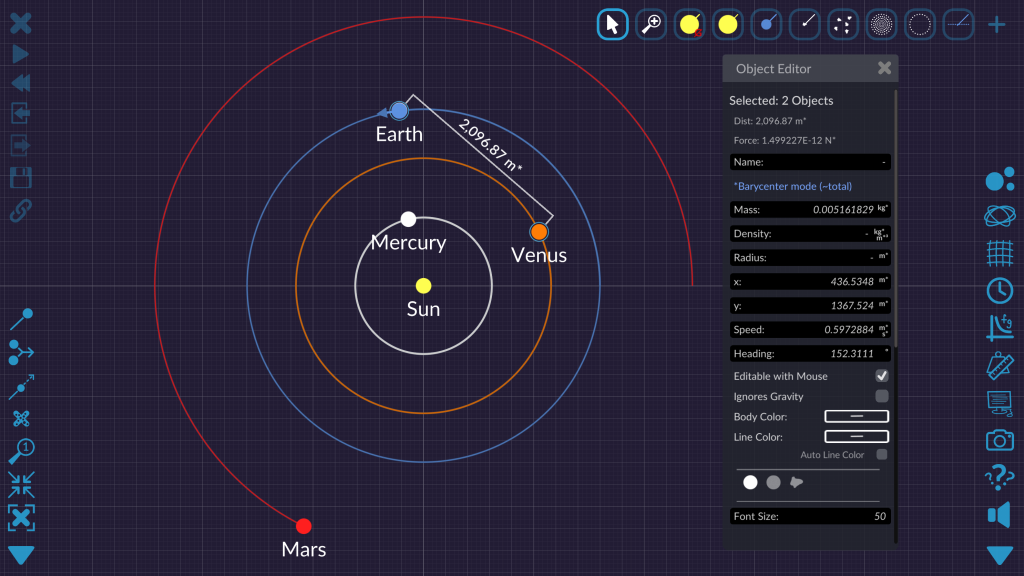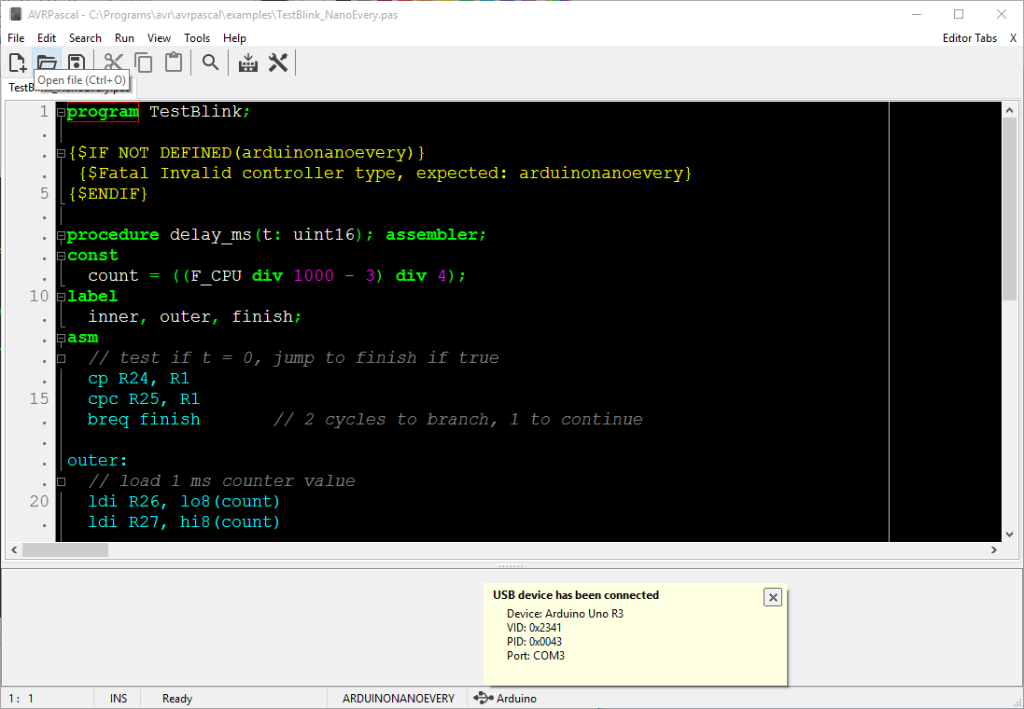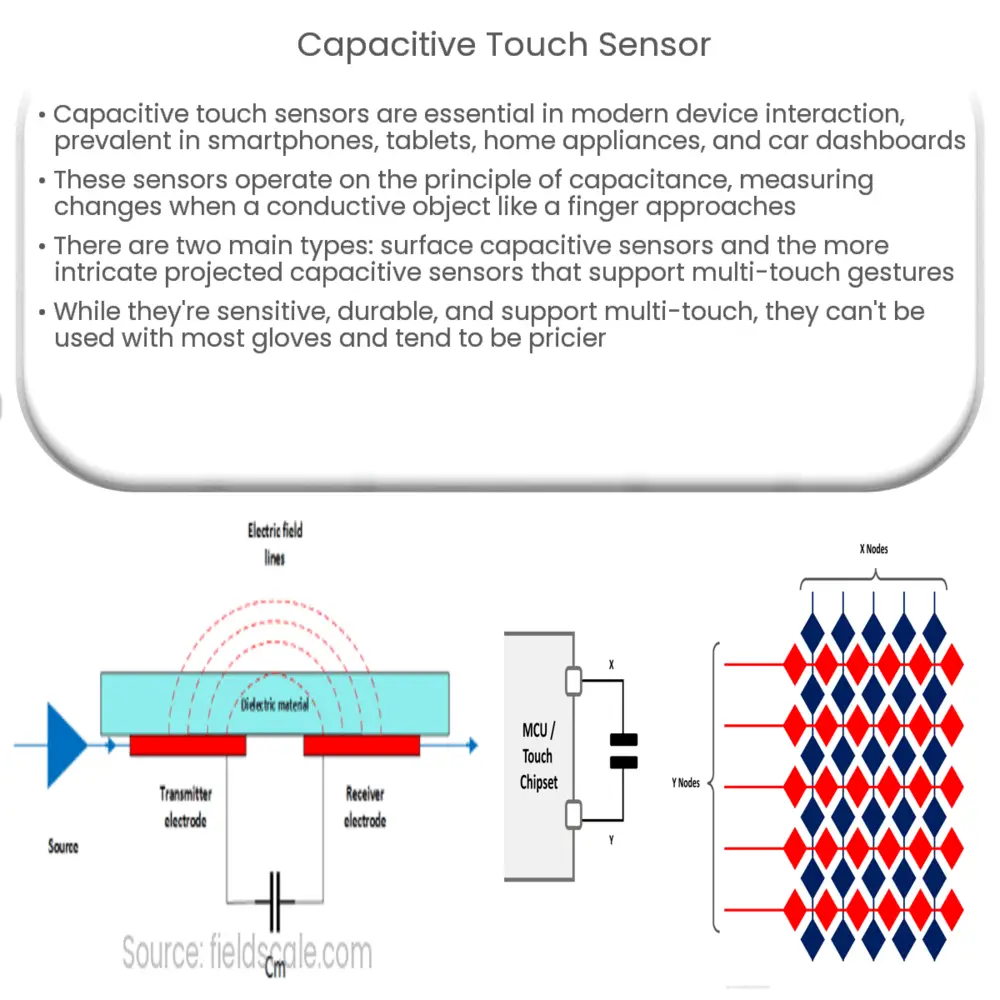Braille Vision technology stands at the intersection of assistive technology and innovation, revolutionizing how the blind and visually impaired access information. By leveraging advancements in computer vision and machine learning, Braille Vision converts printed text into tactile braille instantly, empowering users to engage with the world around them. Utilizing a Raspberry Pi 4 or 5 along with Tesseract OCR, this groundbreaking device captures images and processes text efficiently, providing real-time audio feedback. Users can easily navigate through the braille output using a rotary knob, making the experience intuitive and user-friendly. With applications like 3D printing braille and the exploration of vibrating braille prototypes for smartphones, Braille Vision technology represents a significant leap in enhancing accessibility and inclusion for individuals with visual impairments.
This innovative system, often regarded as braille translating technology, harnesses the power of imaging and textual recognition to break down barriers for those who are visually impaired. Known for its practical application in assistive devices, this technology encompasses elements of machine learning and OCR capabilities, creating seamless communication between digital text and braille formats. With advanced features like 3D printing adaptations and user-friendly interfaces, this approach to tactile reading exemplifies the future of accessibility in education and daily life. Moreover, emerging concepts like vibrating tactile displays are pushing the boundaries of what’s possible, ensuring that braille remains relevant and effective. By integrating modern tools and techniques, this technology holds the promise of enriching the lives of countless individuals striving for independence and knowledge.
The Impact of Braille Vision Technology on Accessibility
Braille Vision technology represents a significant leap forward in the realm of assistive technology for the blind. It harnesses the power of computer vision systems and machine learning to convert printed text into tangible braille formats, ensuring real-time accessibility of information for visually impaired individuals. By employing sophisticated algorithms and devices such as the Raspberry Pi equipped with Tesseract OCR, users can receive instant translations of various texts, enhancing their independence and ability to interact with the world around them.
This innovative solution not only provides a practical benefit but also fosters inclusivity by facilitating easier navigation in public spaces and comprehension of printed materials. The combination of computer vision and machine learning braille capabilities leads to an accessible future where individuals who rely on braille can engage with diverse content effortlessly. Such technological advancements elucidate the urgent need for continued investment in assistive technologies that bridge the gap between information and those who need it most.
Understanding Tesseract OCR in Braille Vision Systems
Tesseract OCR plays a pivotal role in the Braille Vision system, serving as the backbone for text recognition and conversion. By employing sophisticated optical character recognition algorithms, Tesseract allows the device to scan printed text from various sources such as posters, books, and digital displays. This process transforms what was once inaccessible content into information that can be read by users through braille output. The integration of Tesseract within the Braille Vision architecture underscores its importance in modern assistive technologies.
Furthermore, by understanding the intricacies of Tesseract OCR, developers can enhance the system’s performance, increasing accuracy and processing speed. This is crucial for users, as it ensures that the text is not only recognized but also delivered in a timely manner. The synergy between computer vision, Tesseract OCR, and user-friendly interfaces sets the stage for a new wave of assistive devices that can revolutionize how braille users access and interact with written content.
The Role of Machine Learning in Advancing Braille Technologies
Machine learning serves as a transformative force in the evolution of Braille technologies. With the ability to analyze patterns and improve performance over time, machine learning algorithms can optimize the text recognition capabilities of devices like Braille Vision. This leads to increased accuracy in translating printed text into braille format, allowing visually impaired users to engage with a wide array of literature and information seamlessly. The implementation of machine learning further enriches the user experience, enabling personalized adjustments based on individual preferences and reading habits.
Additionally, as machine learning continues to evolve, its applications in braille technology could expand beyond text translation. Future innovations may include intelligent prediction systems that anticipate user needs, or advanced feedback mechanisms that enhance learning for individuals newly acquainted with braille. The confluence of machine learning and assistive technologies signifies an encouraging trend towards creating more adaptive, intuitive tools for the blind community.
3D Printing: Revolutionizing Braille Training Aids
3D printing is revolutionizing the creation of braille training aids, providing an innovative solution for individuals seeking to learn or improve their braille skills. By utilizing materials like TPU, users can design and print customized braille cards, books, or tactile maps tailored to their unique learning needs. This hands-on approach not only makes learning more interactive but also allows for the production of affordable and high-quality training resources that can be easily disseminated within the visually impaired community.
Moreover, the accessibility of 3D printing technology empowers blind makers to engage in DIY projects, fostering creativity and independence. As these individuals experiment with 3D printing, they are able to develop new braille tools or resources that reflect their experiences and challenges. This democratization of technology contributes to a broader dialogue around the needs of the visually impaired and encourages a culture of innovation and support within the community.
Exploring the Future of Assistive Technology for the Blind
The future of assistive technology for the blind is bright, with emerging innovations poised to redefine the boundaries of accessibility. Technologies such as Braille Vision are at the forefront, showcasing how advancements in computer vision and machine learning can create real-world applications that empower users. As developers and researchers continue to explore new possibilities, the integration of multi-sensory feedback and interactive learning systems could redefine how braille is taught and interacted with, reshaping the landscape of assistive devices.
Looking ahead, there is still much work to be done to ensure that these technologies reach those who need them most. Initiatives that bring together industry leaders, technologists, and the blind community will be essential in fostering collaboration and understanding. By actively involving end-users in the design process, developers can create solutions that not only meet functional requirements but also resonate with the lived experiences of visually impaired individuals.
The Interplay of 3D Printing and Machine Learning in Braille Device Prototyping
The pairing of 3D printing technology and machine learning holds significant potential in the development and prototyping of braille devices. This combination allows for rapid iteration and customization of braille displays, enabling designers to test new concepts without lengthy production timelines. With machine learning algorithms integrated into these devices, the resulting prototypes can adapt their configurations based on user feedback, leading to more effective and user-centered designs.
As prototype iterations are refined through 3D printing, the feedback loop created between users and developers becomes invaluable. Users can physically manipulate new designs, providing insights that machine learning can analyze to inform future iterations. Ultimately, this synergy between technology and user engagement propels the development of innovative braille tools that cater to the evolving needs of the visually impaired community, opening new doors of opportunity for accessibility.
Application of Computer Vision in Braille Display Systems
Computer vision is an essential component of modern braille display systems, facilitating the conversion of visual content into a format readable by braille users. By utilizing advanced image processing techniques, these systems can discern various text formats and execute real-time translations into braille. This capability not only increases access to a wider array of information but also enhances the user experience, allowing visually impaired individuals to interact seamlessly with the visual world.
Incorporating computer vision technology into braille display systems empowers users to overcome numerous barriers. As the technology continues to advance, we can anticipate a future where braille displays integrate augmented reality features, enriching the information experience and further closing the gap in accessibility. Through constant innovation in computer vision, there is a promising pathway toward a more inclusive society where individuals with visual impairments can thrive alongside their sighted peers.
Vibrating Braille Prototypes: A New Dimension of Access
The development of vibrating braille output prototypes is an exciting advancement in assistive technologies for the blind. These prototypes provide tactile feedback, allowing users to experience braille through vibrations rather than traditional embossed dots. This novel approach introduces a new dimension of access, especially for technologies like smartphones, where space is limited. By conveying braille messages through vibrations, users receive crucial information in real-time, enhancing their ability to communicate and consume content.
Moreover, the introduction of vibrating braille systems can address numerous challenges faced by current braille readers. The portability and versatility of such prototypes broaden access for users, enabling them to receive braille input without needing bulky equipment. This innovative solution highlights the ongoing efforts to integrate technology in ways that cater to the diverse needs of the visually impaired population, ultimately leading to greater independence and empowerment.
Training with TPU: Crafting Custom Braille Learning Tools
Using TPU for 3D printing custom braille learning tools introduces an accessible method for educators and learners alike. With the malleability and durability of TPU, teachers can create hands-on resources that cater specifically to their teaching objectives and the learning pace of each student. These tangible tools not only reinforce the braille learning experience but also allow learners to engage physically with different characters and words, deepening their understanding.
As more individuals embrace the use of 3D printing for educational purposes, the possibilities for tailored braille training aids expand. From basic literacy tools to more complex braille literacy kits, the flexibility of TPU facilitates a wide variety of designs that suit different skill levels. This approach to learning supports the ongoing development of braille fluency, contributing to a more informed and prepared generation of braille users.
Frequently Asked Questions
What is Braille Vision technology and how does it work?
Braille Vision technology is an innovative application of computer vision and machine learning that translates printed text into braille in real-time. It utilizes Tesseract OCR for text recognition and a headless Raspberry Pi to process images captured from various surfaces like posters. The device then communicates the braille output audibly and allows users to navigate the text using a rotary knob.
How does Tesseract OCR enhance Braille Vision technology?
Tesseract OCR enhances Braille Vision technology by providing robust optical character recognition capabilities. This allows the device to quickly and accurately convert text from images into a format that can be translated into braille. By leveraging machine learning and computer vision, Tesseract enables the seamless operation of Braille Vision for users with vision impairments.
Can Braille Vision technology be used with other assistive technologies for the blind?
Yes, Braille Vision technology can be integrated with other assistive technologies for the blind. Its ability to convert text on-the-go complements products like vibrating braille output devices and smartphone applications, enhancing accessibility for visually impaired users. The technology also supports customization for individual needs through 3D printing, making it versatile.
How can 3D printing be utilized in Braille Vision technology?
3D printing plays a crucial role in Braille Vision technology by allowing users to create custom training aids and devices. For instance, the 3D printed shell of the Braille Vision device resembles an old Polaroid camera, providing a user-friendly experience. Additionally, visually impaired makers can leverage 3D printing to develop their own braille outputs, fostering creativity and independence.
What is the significance of machine learning in Braille Vision technology?
Machine learning significantly enhances Braille Vision technology by improving the accuracy and speed of text recognition. With ongoing training, the system becomes better at identifying different fonts and formats, ensuring that users receive clear and immediate braille outputs. This adaptability makes Braille Vision a powerful tool in assistive technology for the blind.
What are some of the challenges faced in developing Braille Vision technology?
Developing Braille Vision technology involves challenges such as ensuring accurate text recognition with Tesseract OCR, integrating various hardware components effectively, and creating a user-friendly interface. Additionally, tactile feedback and the quality of the braille output are critical considerations to meet the diverse needs of visually impaired users.
How does the Braille Vision device capture images for text conversion?
The Braille Vision device captures images using a microswitch shutter that is triggered to take pictures of printed materials. This image capturing process is essential for the text recognition performed by Tesseract OCR, allowing for the instant translation of text into braille.
What is a rotary knob’s function in Braille Vision technology?
The rotary knob in Braille Vision technology allows users to navigate the braille display character by character. This ergonomic feature enhances the efficiency of reading and interacting with the text, making it easier for users to engage with the translated braille content.
How can users get started with Braille Vision technology?
Users can start with Braille Vision technology by exploring available applications or development kits that utilize Tesseract OCR and Raspberry Pi. For those new to braille, experimenting with 3D printing their own training aids using materials like TPU can be an excellent way to become familiar with braille reading and writing.
What future developments can we expect in Braille Vision technology?
Future developments in Braille Vision technology may include improved machine learning algorithms for text recognition, greater integration with mobile devices, and innovative output methods like ‘tixel’ displays or enhanced vibrating outputs. The goal is to continuously improve accessibility and user experience for individuals with visual impairments.
| Feature | Description |
|---|---|
| Functionality | Converts inaccessible text into braille on the fly using OCR technology. |
| Device Components | Utilizes a Raspberry Pi 4 or 5, Tesseract OCR, a microswitch shutter, a rotary knob, and solenoids. |
| User Interaction | Users can navigate the braille display with a rotary knob and receive audio cues when text processing is complete. |
| Development Process | Involves using an Arduino with MOSFETs and eventual assembly into a 3D printed shell. |
| Additional Innovations | Includes prototypes for vibrating braille outputs and encourages the use of 3D printing for braille training aids. |
Summary
Braille Vision technology is at the forefront of providing access to information for visually impaired individuals by converting printed text into braille in real-time. This innovation bridges the gap between traditional media and modern technology, enabling users to interact with their environment more independently. With advancements such as the integration of Raspberry Pi and Tesseract OCR, Braille Vision showcases how tech can significantly enhance accessibility for the blind community. As we continue to explore the potential of 3D printing and tactile displays, the future looks promising for the evolution of braille learning aids.



